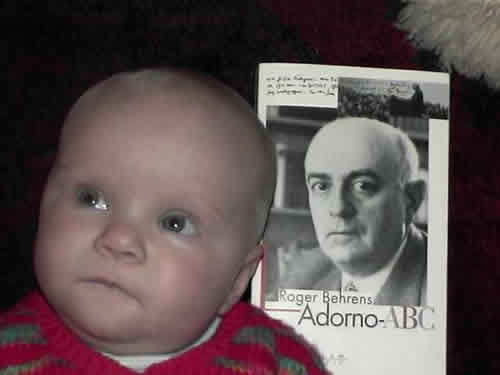Synthetic Worlds: Nature, Art and the Chemical Industry
Esther Leslie
Reaktion Books, London 2005Weaving between aesthetics, philosophy, material cultural studies, economics, history, and critical theory, Synthetic Worlds considers the remarkable alliance between chemistry and art. In taking us from the late 18th Century to the period immediately following the Second World War, Esther Leslie offers fascinating new insights into the place of the material object and the significance of the natural, the organic, the inorganic, and the synthesised in this poetics of science.
Since its dazzling innovations in the 19th Century, chemistry has granted new colours and surfaces, new substances, coatings and textures. Often they are the result of accidents or the by-products of pollution. Chemistry has also invented simulants and surrogates for naturally occurring materials, often as compensation for the absence of natural resources in a world of carved up territories and economic competition. Sometimes these developments confounded earlier alchemical and Romantic philosophies of science and nature, but, at other times, dynamic and vital theories of chemical action combined with the emergent chemistry textbook orthodoxy. For example, the colour wheels of Goethe and Philipp Otto Runge, Hegelian theories of a spirit that inhabits dyes and 'drives' materials, and Romantic ideas of the weddings of substances influenced the experiments that boosted the successful German chemical industry of the 1840s. In turn, chemistry's inferences seeped back into philosophy and art.
Synthetic Worlds considers this and other startling affinities between chemistry, industry, aesthetics and art. Themes include the impact of artificial imitations and synthetics, the location of value, the mutability of substance, chemical fragility and artistic technique, the poetics of the inorganic and pollution, Bauhaus-influenced modulation and patina in art practice, national(ist) narratives of chemical breakthrough, and IG Farben's stopover at slave labour camp Monowitz in those ashen days of the 20th Century.
CONTENTS
Introduction. Glints, Facets and Essence
Chapter 1. Substance and Philosophy, Coal and Poetry
Chapter 2. Eyelike Blots and Synthetic Colour
Chapter 3. Shimmer and Shine, Waste and Effort in the Exchange Economy
Chapter 4. Twinkle and Extra-terrestriality: A Utopian Interlude
Chapter 5. Class Struggle in Colour
Chapter 6. Nazi Rainbows
Chapter 7. Abstraction and Extraction in the Third Reich
Chapter 8. After Germany: Pollutants, Aura and Colours That Glow
Conclusion. Nature's Beautiful Corpse
AVAILABLE FROM ALL GOOD BOOKSELLERS ONLINE AND OFF
LAUNCH (together with Ben Watson's Frankfurter Ahnung)
7.00pm-9.30pm Tuesday 24 January 2006
Purple Turtle, Crowndale Road (nearest tube Mornington Crescent).
